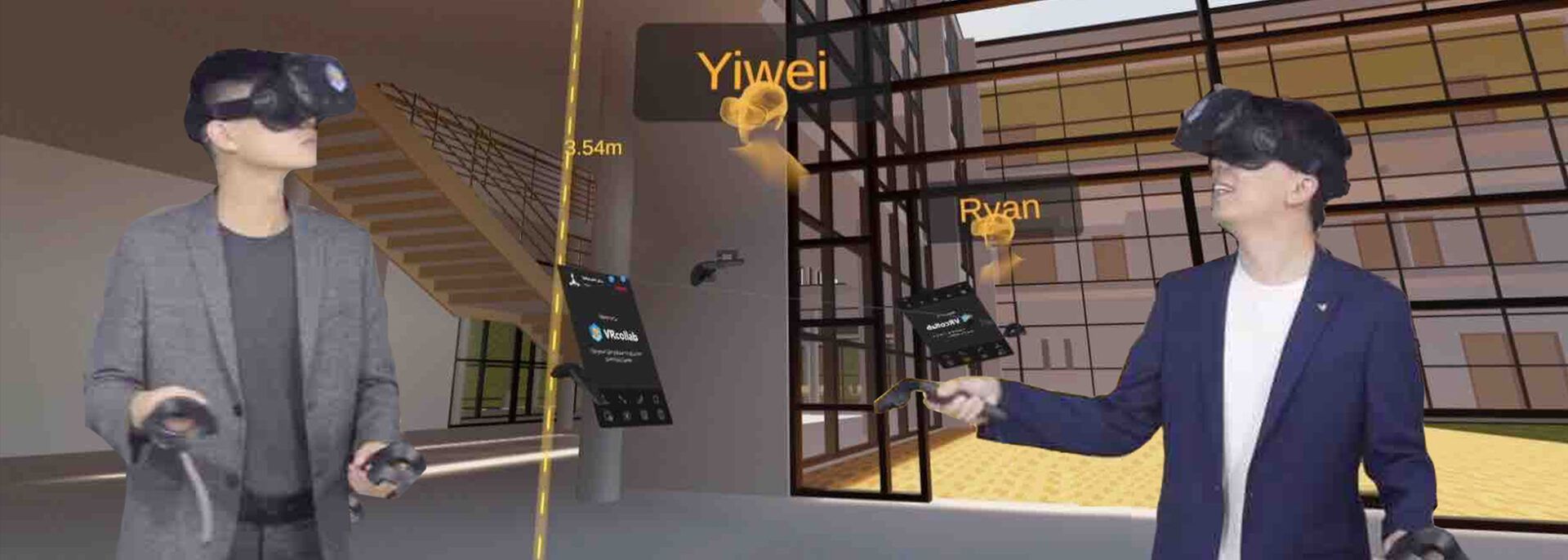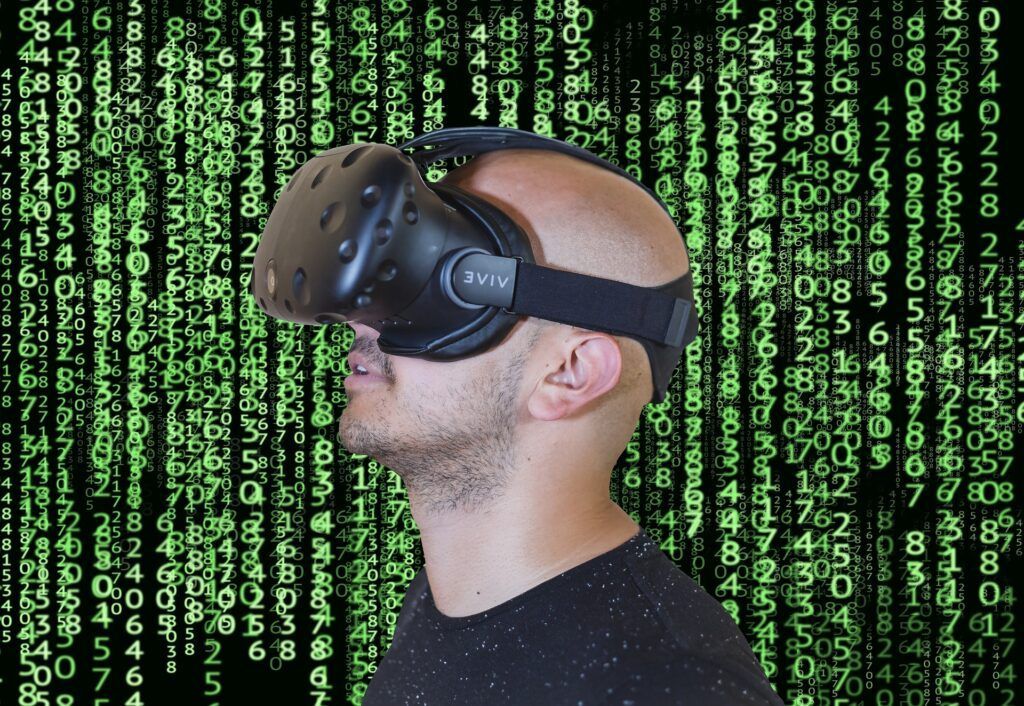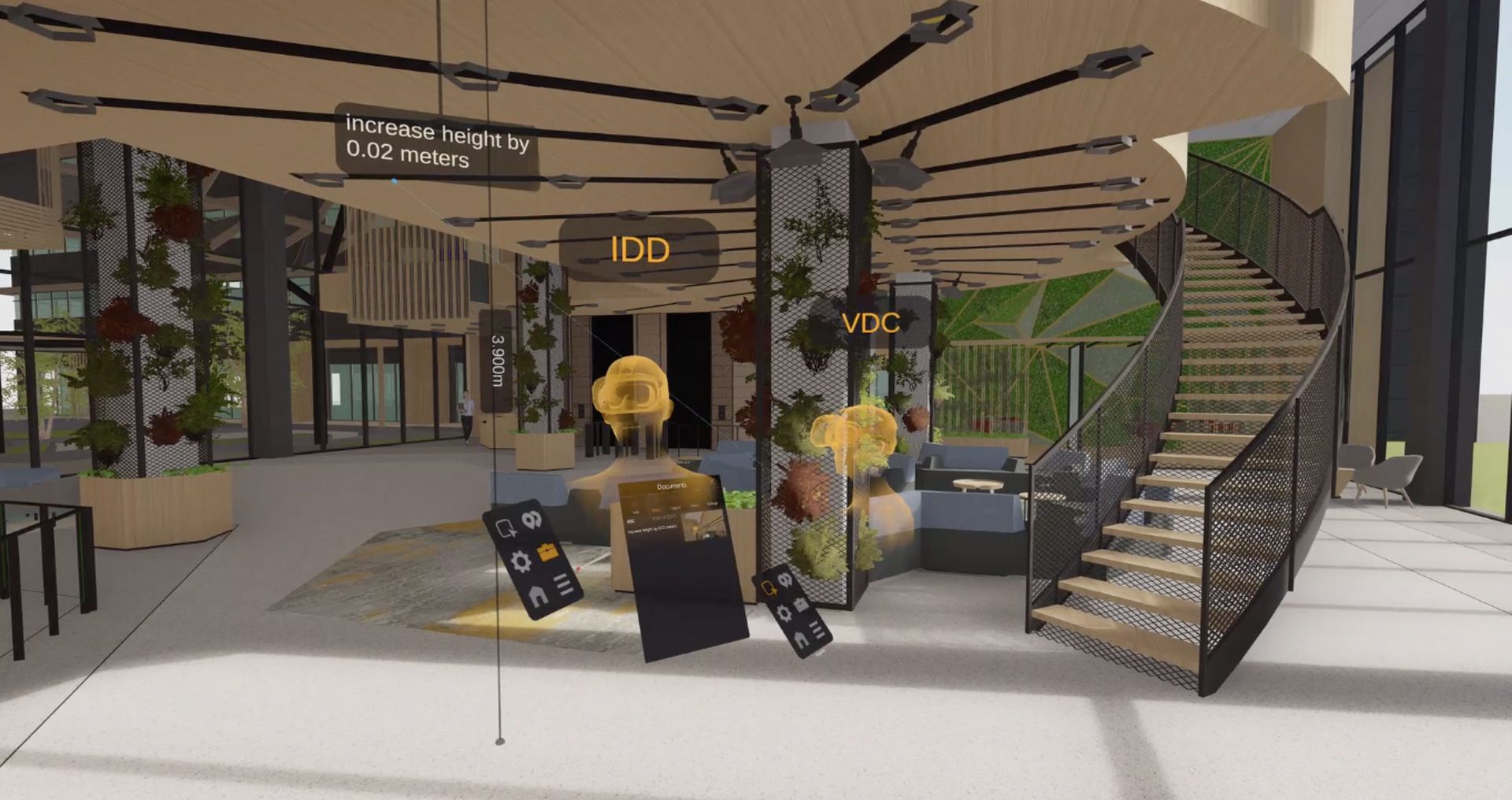Building Information Modelling (BIM) has significantly improved the architect, engineer and construction (AEC) industry with data that saves time and money, reduces error and increases productivity. Given that BIM is a powerful process for AEC professionals, it still lacks the ease of collaboration and coordination with stakeholders who are not equipped with in-depth knowledge of BIM software.
That’s where virtual reality (VR) comes in and enhance a BIM framework.

How VR Plays a Part
When you transform a BIM model into a VR environment, you and your stakeholders can view, walk around and interact with the model. In a way, you get to see the entire virtual building in a 1:1 scale right before your eyes.
Hence, the adoption of VR is an important part in the entire BIM process, from design evaluation and proposal showcase to detecting and resolving clash issues before construction begins.
Benefits of VR in BIM
VR is rapidly growing as more people understand its benefits. Some of these benefits includes better coordination and design visualisation, interactive immersion with 1:1 scale, and lower budget cost.
Better coordination and design visualisation
Design visualisation is a key aspect for your end users and stakeholders to understand the project. VR allows everyone to better communicate and coordinate without having in-depth knowledge of a BIM software.
Using our VRcollab LITE for example, you’ll be able to give a VR tour of the BIM model while coordinating with architects in real-time. Sieve out errors only an architect can detect and add comments to the issues. You can review them after the session ends and resolve them before construction begins.
Interactive VR immersion
Architects focus on the architecture, landscape and way-finding of a building which a VR immersive environment is perfect for. With a virtual tour of the 1:1 scale model, architects can get a better sense of space, allowing them to make precision decisions.
If you’re not an architect, you might wonder what the use of a VR immersive environment is for. Well, as we’ve mentioned: you can give a virtual tour of your building to potential clients or when you’re bidding for a new project.
Stand out from the crowd who still uses 2D rendering and be one level higher in providing a VR tour.
Lower budgeting costs
VR helps to identify errors before construction begins. With more data, you get to make more informed decisions. You will be able to make changes before the costly construction takes place, reducing costs for reworks and the manpower needed.

Future of VR in BIM
Now that you understand how VR can help you, let’s look into what the future holds for VR. As BIM usage increases, so will VR. And we will see VR being a norm in the AEC industry.
VR won’t simply be a “good to have” technology to make BIM better. As more companies uses VR to provide better BIM, it will be a “must have” technology.
Lastly, VR is one of many technologies that is redefining the industry. Augmented reality (AR) will be another rising technology that can be beneficial in AEC. We will see VR being packaged together with AR to provide a wholesome solution to BIM.
Redefining Collaboration in Architecture, Engineering and Construction.
VRcollab enables all building stakeholders to actively engage in its coordination regardless of Project Phase, Model Format and BIM Technical Skill.
Try VRcollab today: Free Trial

